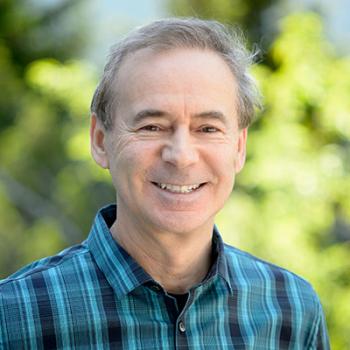
The American Physical Society has chosen Alexander Zholents, a senior physicist at the U.S. Department of Energy’s (DOE) Argonne National Laboratory, as the recipient of this year’s Robert R. Wilson Prize.
The annual award recognizes and encourages outstanding achievement in the physics of particle accelerators. It was established in 1986 and is named for the founder of DOE’s Fermi National Accelerator Laboratory. The prize is normally awarded for contributions made at an early stage of the recipient's career.
Zholents, an Argonne distinguished fellow in the Accelerator Systems Division, received the award for his “many important contributions to particle accelerators and light sources, including ultra-fast X-ray techniques for electron beams and beam cooling methods.”
In the synchrotron light source world, Zholents is well known for his work on short X-ray pulse techniques that include laser slicing for generation of femtosecond X-ray pulses in synchrotrons, enhanced self-amplified spontaneous emission for generation of attosecond X-ray pulses in X-ray free electron lasers, and beam manipulation by “crab” cavities for generation of picosecond X-ray pulses in storage rings. In the particle collider world, Zholents is famous for his contributions to optical stochastic cooling.
Zholents’s nomination for this prize was strongly supported by Simone Di Mitri and Alfonso Franciosi of Elettra Sincrotrone Trieste in Italy. Zholents helped to design the FERMI free electron laser in Trieste, deploying the world’s first seeded FEL for ultrafast science. In their letter, they referred to Zholents as “one of the most brilliant and imaginative contributors to the physics of modern particle accelerators.”
“It is an incredible honor to receive this prize,” Zholents said. “I was fortunate to work in highly stimulating research environments, surrounded by many outstanding scientists. This inspiring atmosphere helped me to develop several new ideas that resonated with others.”
